Why Is My Dogs Hair Falling Out in Clumps? Find Out
Many pet owners worry when they notice why is my dogs hair falling out in clumps. Unlike normal shedding, clumps of hair loss may signal infections, parasites, allergies, or underlying health conditions. This guide explains the common causes, symptoms, treatments, recovery tips, and prevention methods to help you protect your dog’s skin and coat health.
Causes of Dog Hair Falling Out in Clumps
Skin Infections
Bacterial infections damage hair follicles and cause clumps of dog hair falling out.
Fungal infections such as ringworm often create circular bald patches.
External Parasites
Fleas, ticks, lice, and mites irritate the skin, leading to scratching and hair loss.
Demodex mites and mange are common causes of patchy bald spots.
Mosquito bites can also trigger localized inflammation and clump shedding.
Insect Bites
Spider, bee, or wasp stings may lead to swelling and clumped hair loss.
Dogs often lick or chew these irritated spots, making the condition worse.
Allergies
Environmental allergies to dust, pollen, or mold may inflame the skin.
Food allergies to proteins or grains may also cause clumps of dog hair falling out.
Stress or Pain
Anxious dogs often lick themselves excessively, creating bald patches.
Hidden pain, such as arthritis, may lead to licking one area repeatedly.
Hormonal Imbalances
Hypothyroidism often causes thinning hair and dry skin.
Cushing’s disease may result in clumps of shedding with fragile skin.
Other Triggers
Clothing or collars rubbing against the skin.
Nutrient deficiencies such as low protein or omega-3.
Environmental heat, dust, or humidity that weakens the skin barrier.
Chemical exposure or side effects of chemotherapy or radiation.
Skin cancer, though less common, can also cause localized clump shedding.
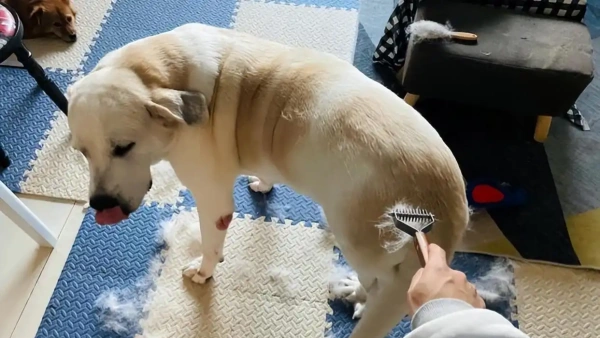
Symptoms of Dog Hair Loss in Clumps
Hair Changes
Localized bald spots or widespread thinning.
Clumps of dog hair falling out instead of light shedding.
Skin Reactions
Redness, bumps, pustules, or hives.
Crusting, pigmentation, ulcers, or blisters.
Bleeding or skin discharge.
Visible Parasites
Fleas and ticks may be visible near the bald areas.
Treatment for Clumps of Dog Hair Falling Out
Medicated Care
Antibiotics for bacterial infections.
Antifungal medication for ringworm and yeast.
Anti-inflammatory and allergy medications.
Parasite preventatives for fleas, ticks, and mites.
Hormonal and Behavioral Treatment
Thyroid supplements for hypothyroidism.
Cushing’s disease treatment to stabilize hormones.
Behavioral training for anxiety-related hair loss.
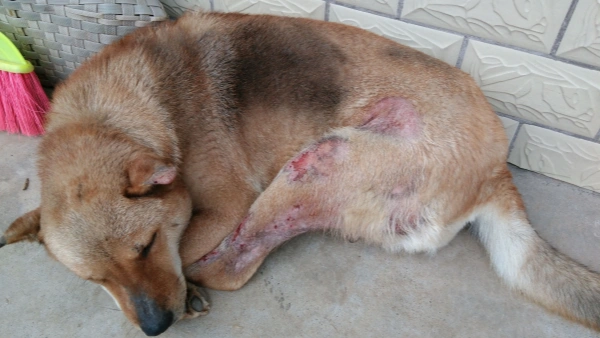
Recovery and Management
Be patient — hair regrowth may take weeks to months.
Provide a balanced diet with protein and omega-3s.
Keep your home clean and minimize humidity or dust.
For an older dog shedding a lot, schedule regular checkups and use gentle grooming methods.
Everything Our Vets Recommend
Prevention of Clump Hair Loss
Some breeds naturally shed heavily, such as Huskies or Malamutes.
Consistent flea and tick prevention is essential.
Routine vet checkups help catch health problems early.
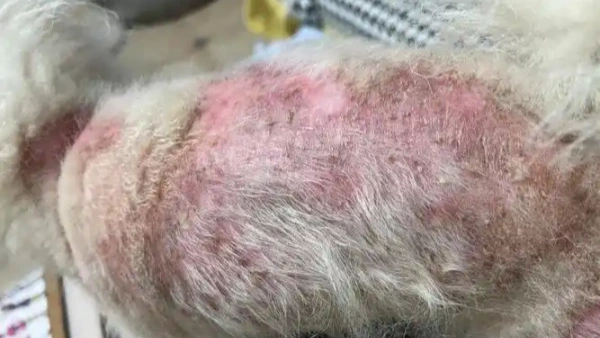
Why Is My Dogs Hair Falling Out in Clumps FAQs
Is clump shedding in dogs a disease?
Not always. Normal shedding is expected, but clumps of hair loss with redness, bumps, or discharge should be checked by a vet.
Does seasonal shedding make dogs itchy?
Seasonal shedding usually does not cause severe itching. Intense scratching may signal allergies or parasites.
Is it normal for clumps of dog hair falling out?
Occasional clumps can be normal, but frequent or large bald patches require attention.
How should I handle hair loss after bathing?
Use gentle shampoos, avoid overbathing, and brush your dog regularly to manage loose hair.
Do dogs shed in specific seasons?
Most dogs shed more in spring and fall, but year-round clump shedding may indicate health issues.
Conclusion
Understanding why is my dogs hair falling out in clumps is vital for every pet owner. From allergies to parasites and hormonal changes, many triggers exist. With proper diagnosis, treatment, and preventive care, you can restore your dog’s healthy coat. Practical steps such as flea prevention, good nutrition, and regular vet visits will also help. For challenges like older dog shedding a lot, timely support and gentle grooming are essential. By acting early, you can effectively manage clumps of dog hair falling out and ensure your furry friend’s comfort and health.
You May Like:
- Why Is My Dog Losing So Much Hair in 2025: Vet Tips
- How to Choose the Best Dog Shampoo for Shedding: Reduce Hair Loss
- Does Shedding Make Dogs Itchy? Latest Vet Advice
- Do Dogs Shed in Certain Seasons? 2025 Latest Vet Insights
User Comments
Does flea treatment kill ear mites too?
Can dogs take human probiotics?
Can dogs have people probiotics safely?
Related Articles
View all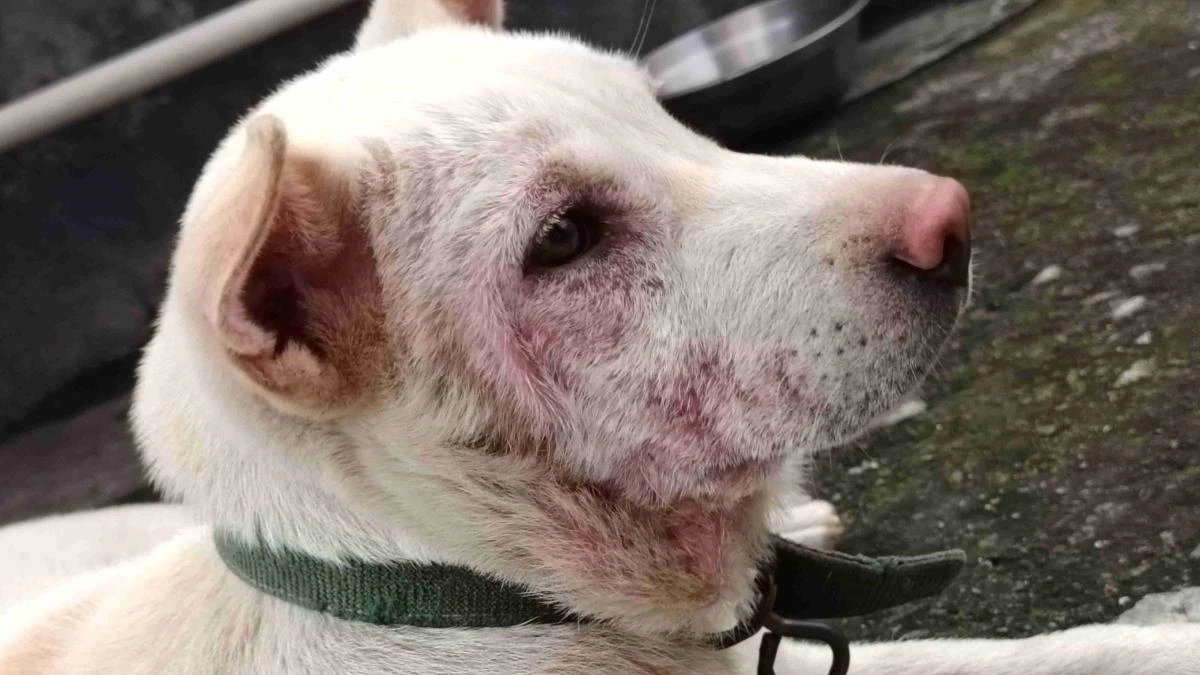
How to Get Rid of Dog Allergies Naturally: Common Mistakes
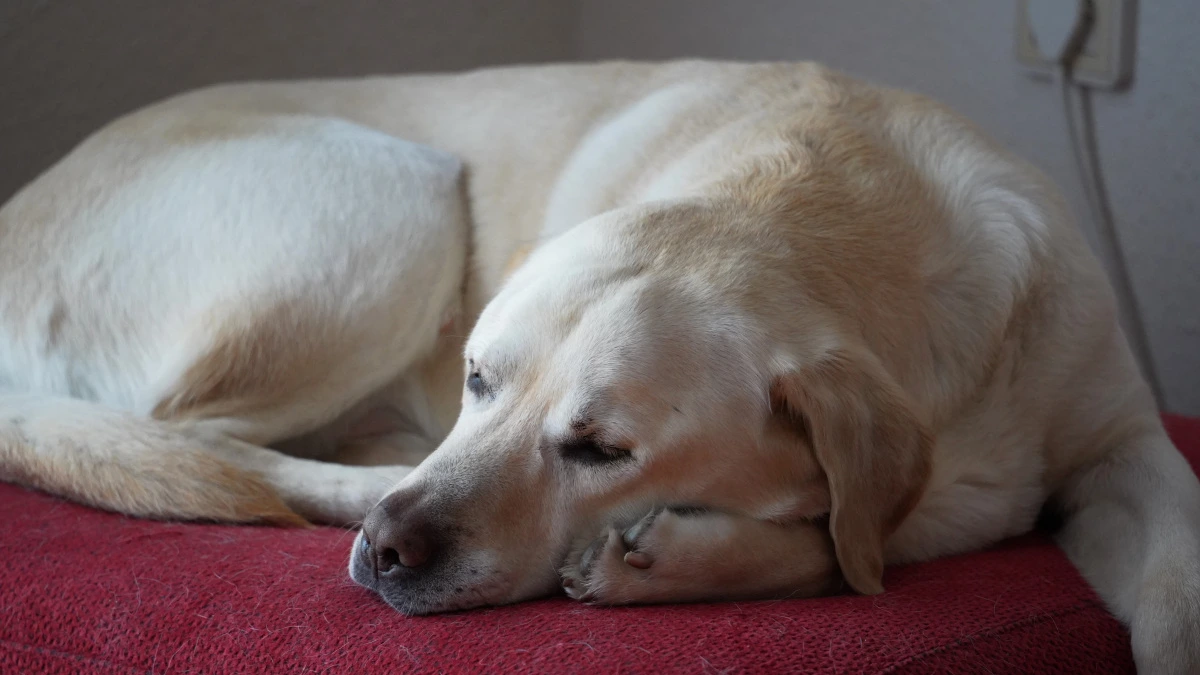
Dog Allergic Reaction Eye Swelling: Hidden Mistakes to Avoid
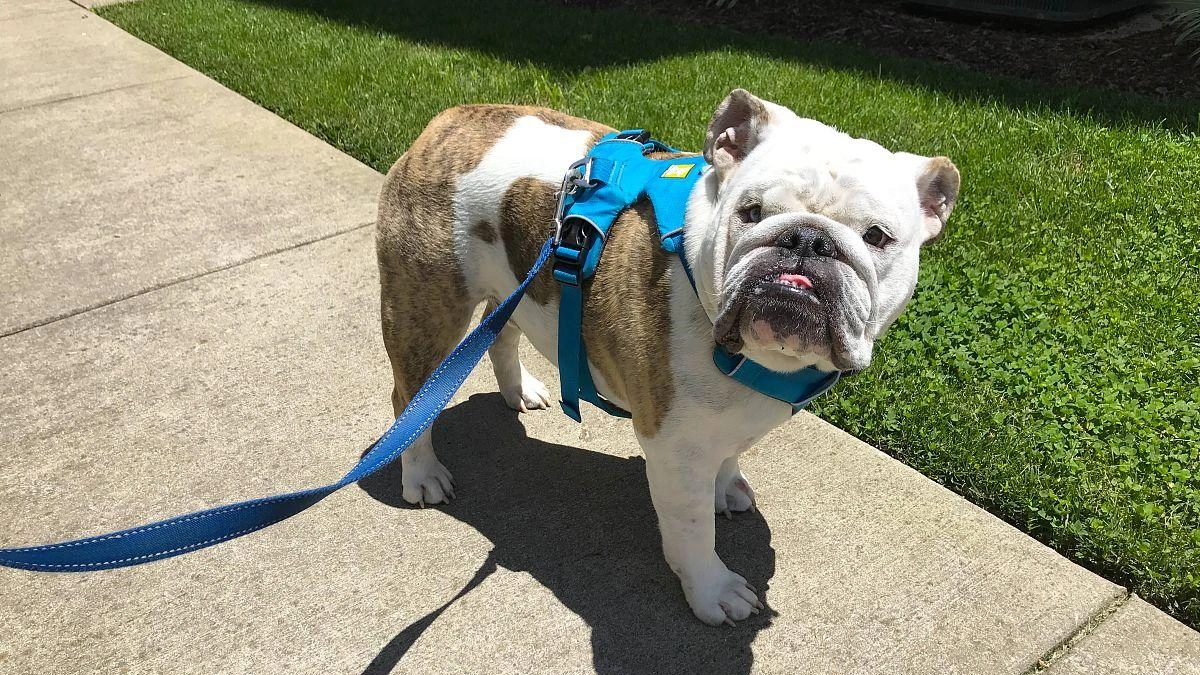
Why Do Bulldogs Scratch? Bulldog Skin Allergies Guide
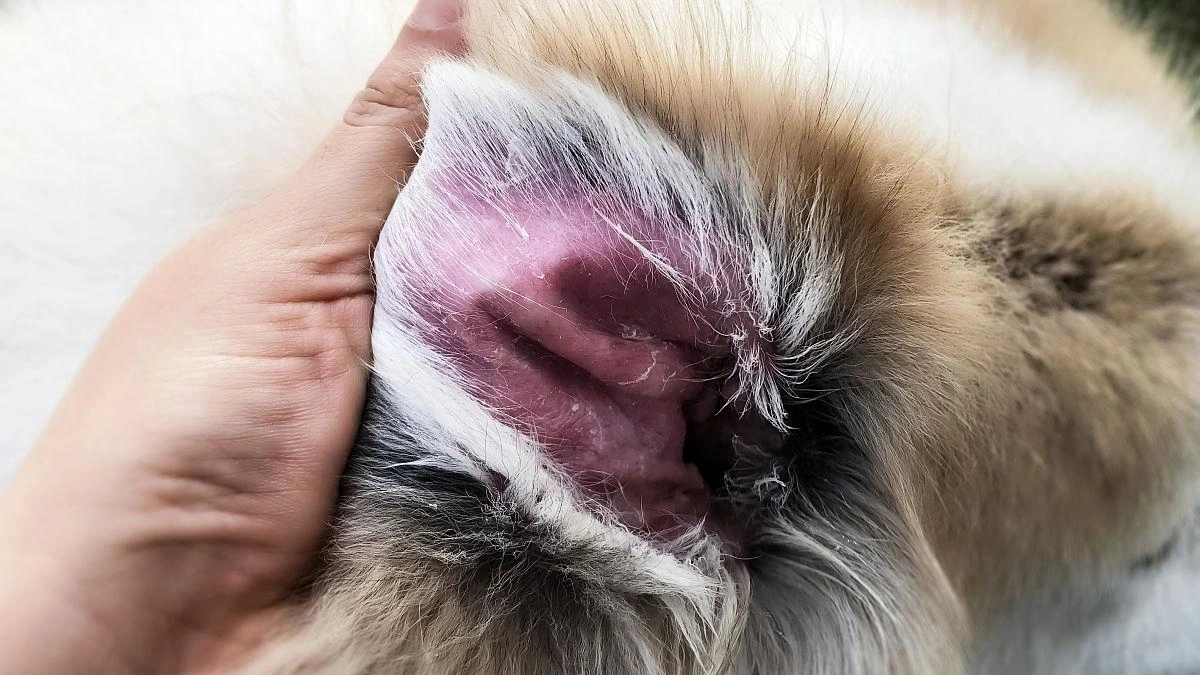
Cure for Dog Skin Allergies Owners Often Miss

How to Get Rid of Dog Allergies Naturally: Common Mistakes

Dog Allergic Reaction Eye Swelling: Hidden Mistakes to Avoid

Why Do Bulldogs Scratch? Bulldog Skin Allergies Guide

Cure for Dog Skin Allergies Owners Often Miss
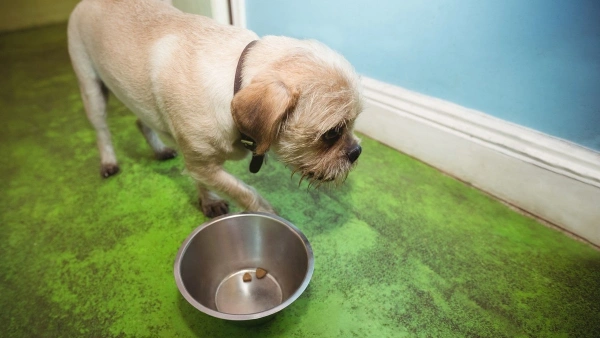
Vet-Recommended Wet Dog Food for Sensitive Stomachs — 2025 Guide
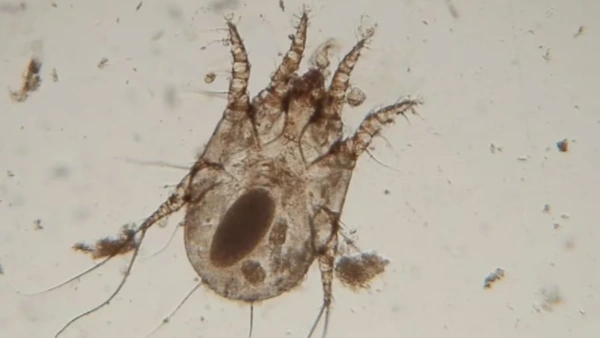
Dog Dust Mite Allergy: Symptoms, Treatment, Prevention
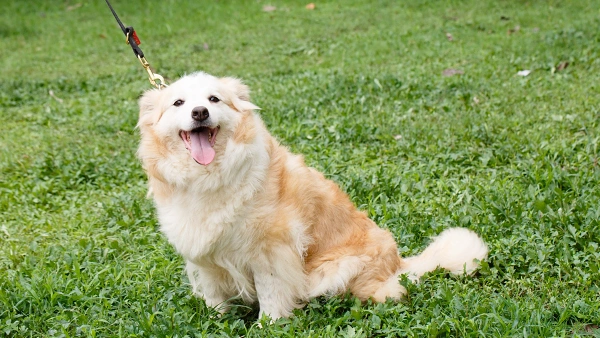
Can Allergies in Dogs Cause Diarrhea and Vomiting? Explained
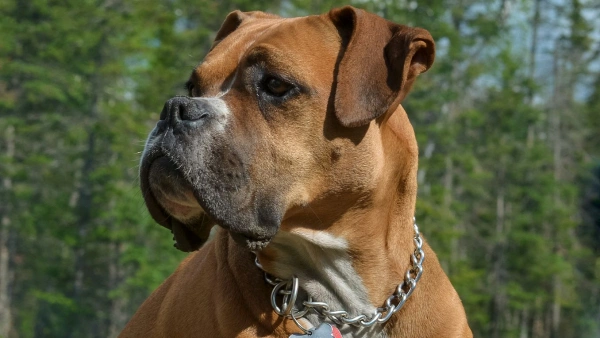
10 Pitbull Health Problems You Should Know in 2025 — Tips
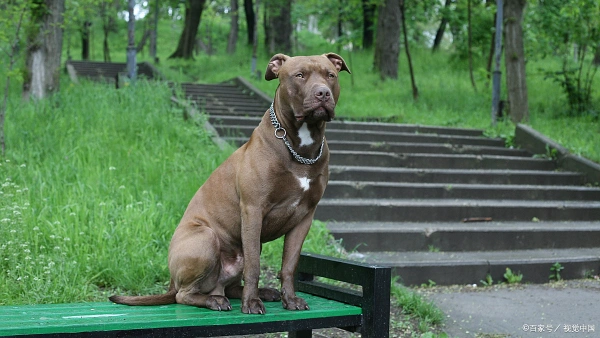

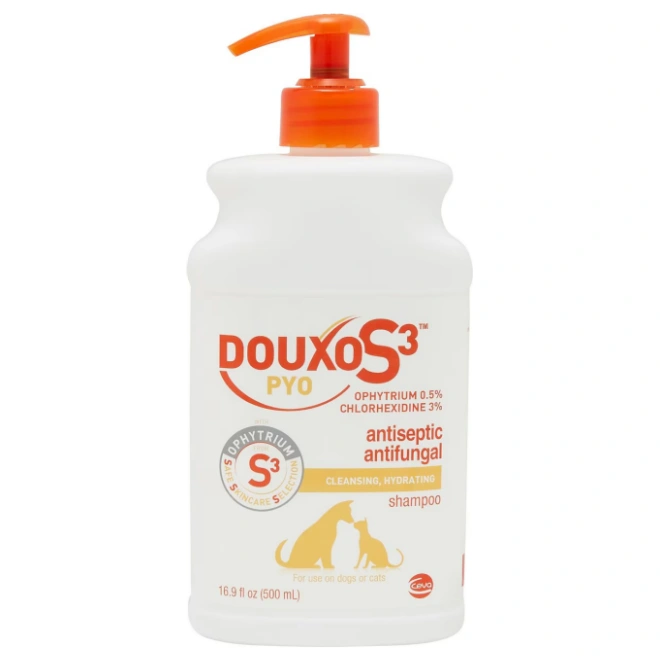
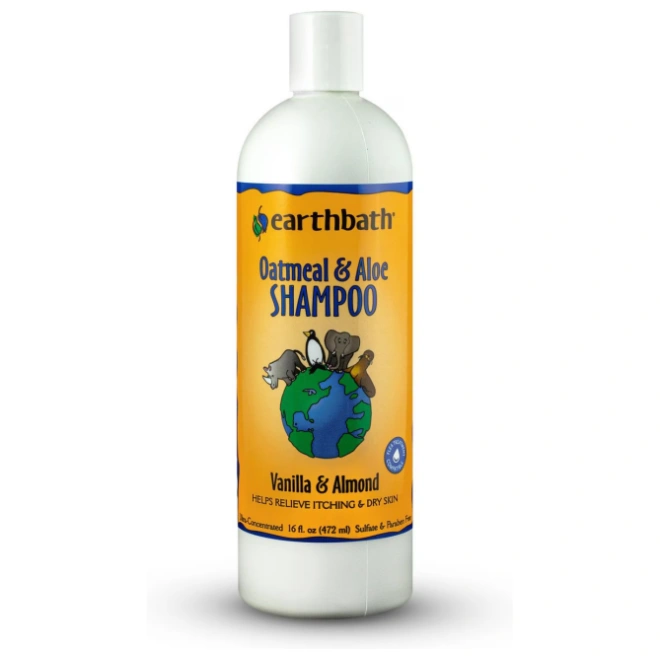
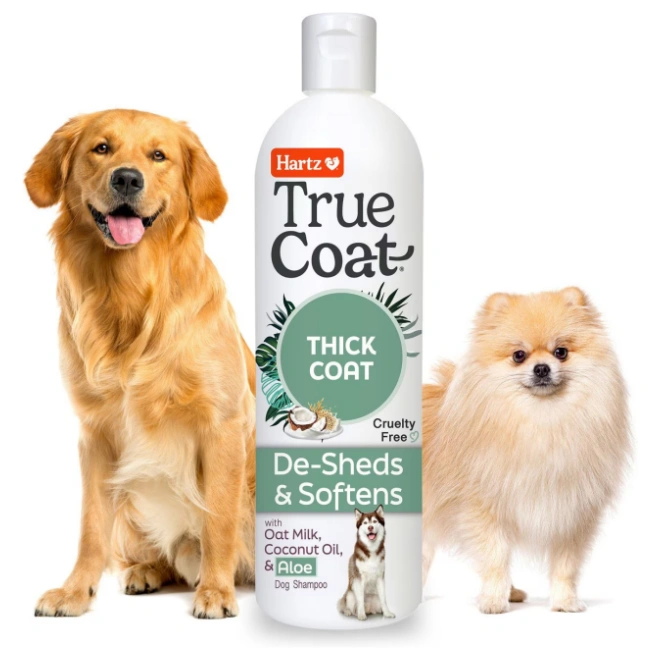
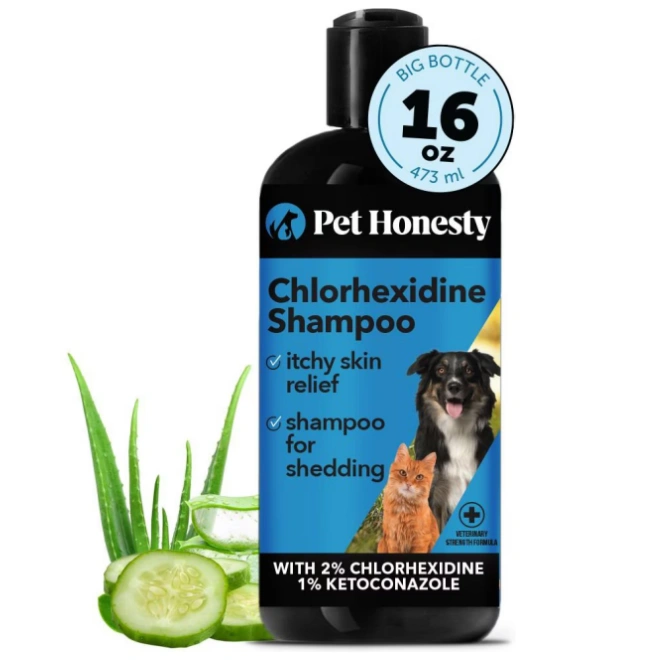








Leave a Reply